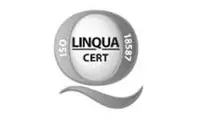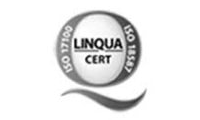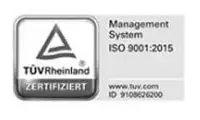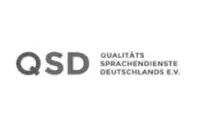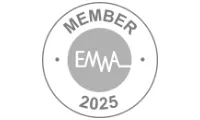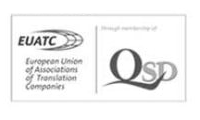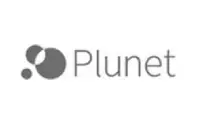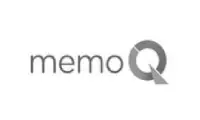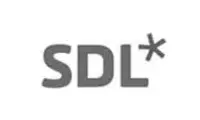Format in all languages
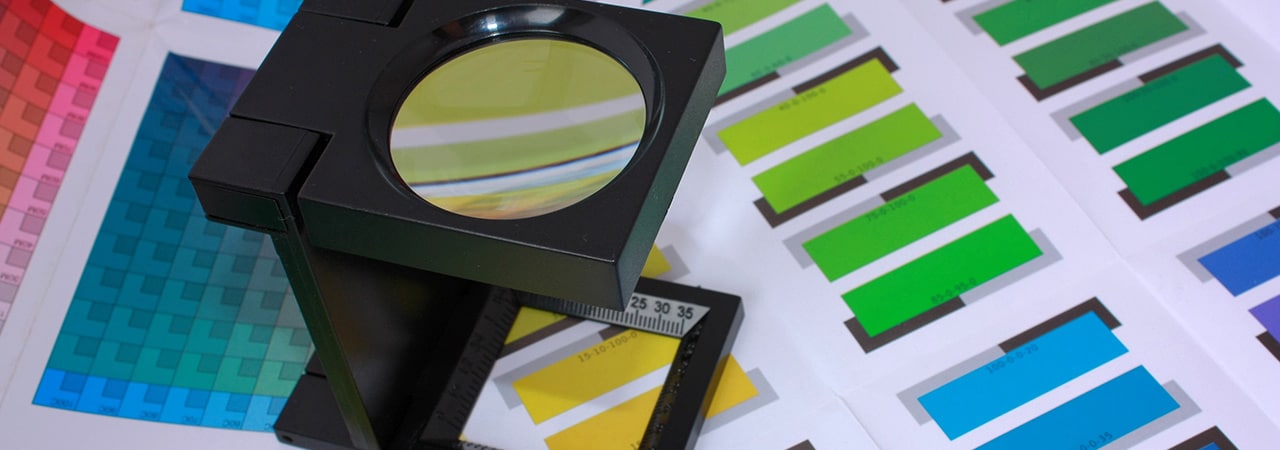
Foreign language typesetting and desktop publishing for medical translations
We integrate multilingual desktop publishing seamlessly into the translation workflow.
Efficient, customer-focused and optimally geared towards your time-critical projects –
we process your documents in all common languages and formats.
Your advantages when using foreign language typesetting by mpü:

Combination of professional DTP with language skill

Translation and DTP supported by your permanent project manager

Native-speaker proofreading for final layout check (typesetting and line break check)

If required feedback loop with country subsidiaries
Documents that are ready to print in your desired format and layout
We prepare your documents in all common target languages – including in RTL languages (right-to-left languages such as Hebrew and Arabic) and in other languages with complex character sets (such as Chinese and Japanese).
Our experienced DTP team is very familiar with the specific linguistic and cultural conventions and rules for adjusting the layout.
Our DTP services include:
With our experience and expertise, we ensure that your translations are perfectly integrated into the original format and comply with all of the language-specific requirements in terms of layout.
We offer DTP as an individual service and would be happy to typeset your existing translations.
Can your layout expert work with languages from right to left too? We can!
Before the translation
Optimal preparation of the source texts for the translation process:
Open, editable formats
Optimisation of your texts and artworks for our CAT tools, extraction of the texts from editable graphics files
Closed, non-editable formats
This includes PDFs, scanned documents and non-editable graphics files with text. These formats need to be converted into editable file formats first.
Alignment
Creation of reference translation memories in CAT tools from existing documents in target languages to ensure consistency in new translations
After the translation
The target texts are exported back into the original format after they are processed by the CAT tool.
To ensure that the target texts fit perfectly in the desired layout taking into account the conventions of the target language, however, an additional adjustment of the layout after translation is almost always necessary (see language expansion).
**Language expansion
The varying sentence lengths in different languages require different amounts of space.
To keep the layout identical for all languages, the expansion of the planned target languages should be taken into account when creating the source text.
If each page is filled to a maximum of 70%, the space requirements for all languages can be met.











